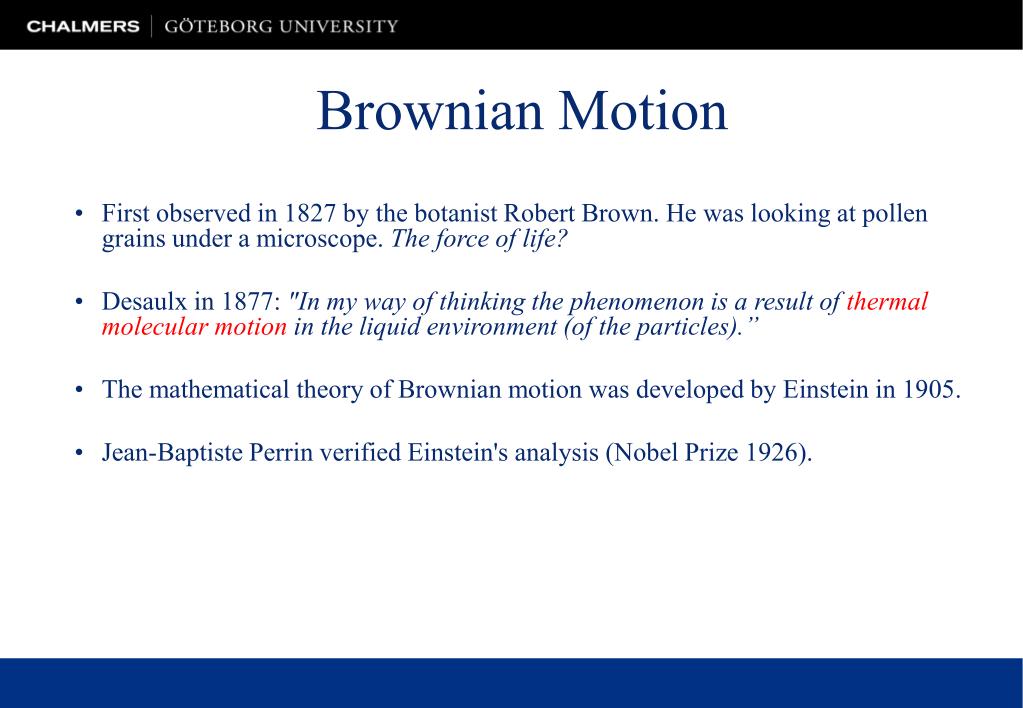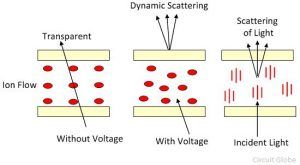

Therefore, there is a requirement for sound, statistical data, for a sample that is not influenced by the measurement technique, its inherent uncertainty, or the sample itself, to fulfil these regulatory demands.īelow we set out a description of the principles underlying the most widely used NP sizing techniques, dynamic light scattering (DLS) and particle or nanoparticle tracking analysis (PTA or NTA), their inherent advantages and disadvantages, as well as a cause and effect diagram of the parameters that can influence a measurement by PTA and DLS. This has added increasing pressure from industry to ensure compliance with these regulations.

To ensure compliance with environmental protection guidelines, nanoparticles (NPs) produced, either directly or indirectly, must be fully characterised. These same properties may also give rise to unique biological reactivity, and thus, this has led to mounting concerns over the safety of nanomaterials, and pressure to control the potential risks. As per the European Commission definition, a nanomaterial is such that 50% or more of the particles in a sample have a dimension in the 1–100 nm size range. Here, the size, along with other physico-chemical properties such as particle concentration or aggregation state, is the most important parameter. batch-to-batch, in-line or online production). During the production of nanomaterials, characterisation techniques, of an appropriate resolution, are required to monitor and improve the production quality (e.g. This is particularly true where the physico-chemical properties of nanomaterials give rise to their various consumer and industrial applications. It is hoped that the manuscript, with its detailed description of the methodologies involved, will assist scientists in selecting the appropriate technology for characterising their materials and enabling them to comply with regulatory agencies’ demands for accurate and reliable NP size and concentration data.Īccuracy, reliability, reproducibility and robustness are fundamental parameters when it comes to the quality of measurement results and are important factors in the characterisation of nanomaterials. Also included are technologies capable of characterising NPs in solution, whose measurements are not based on light scattering. We also investigate the parameters that can influence the results and put forward a cause and effect analysis of the principle factors influencing the measurement of NP size and concentration by NP tracking analysis and dynamic light scattering, to identify areas where uncertainties in the measurement can arise. We detail the technologies involved and assess their applications in the determination of NP size and concentration. We present here a perspective detailing the current state-of-the-art technologies for the characterisation of nanoparticles (NPs) in liquid suspension.


 0 kommentar(er)
0 kommentar(er)
